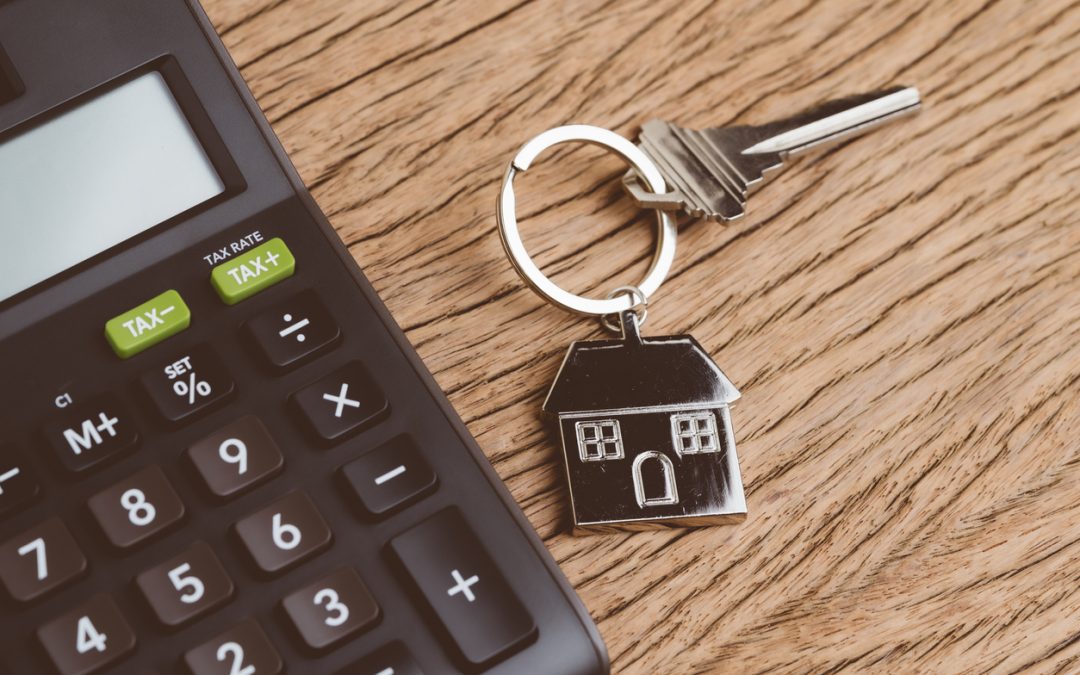The Australian government offers a Pension Loans Scheme (PLS) to retirees who wish to access the equity in their home so that they can top up their retirement income.
The scheme was first introduced in 1985 and expanded in 2019 to widen eligibility, and include self-funded retirees. The maximum loan amount is calculated according to:
- Your age
- Your partner’s age (if applicable)
- The value of your home
- The amount of equity in your home that you may wish to exclude
- The term of the loan.
You can repay the loan or it will be resolved by the sale of the property upon your death.
Two weeks ago a Bill related to the PLS was introduced to the House of Representatives.
How might the changes affect you?
Firstly, by a more flexible drawdown process. From July 1, 2022, retirees will be able to access capped advance payments. This means that, instead of having access to the equity in their homes in fortnightly payments (singles maximum $1451, couples maximum $2188), the loan can be drawn down twice a year, for a total of $12,580 for singles and $18,960 for couples.
The second major change to the PLS is that it will have a ‘No Negative Loan Guarantee’. This means that no PLS participant can ever owe more than the value of their secured property. Whilst this new ‘No Negative Guarantee’ addresses a concern of many older Australians who have considered participation in the scheme, it does not address another aspect of the loan.
This is the interest rate, currently 4.5%.
Many organisations which represent the interests of older Australians have noted how high this rate is compared to the current Reserve Bank official rate of 0.1% and market rates of approximately 2.5%.
The higher rate attached to the PLS seems to be a barrier to uptake of this scheme, even though this interest is unlikely to be repaid during the lifetime of the participant unless they sell their home.
However this also means that a higher interest rate of 4.5% will further reduce the value of your home as an asset if you need to sell to go into an aged care facility.
What do you think?
Would you consider accessing the PLS for a retirement income top-up?
Does the new guarantee encourage you to participate?
Or is the interest rate a negative factor?
As you can see the rules and calculations on the PLS are complex. You can find out more about the PLS here.
If you are struggling to understand your entitlements or to apply for the Age Pension or Commonwealth Seniors Health Card, contact our support team for a consultation.






Definitely the interest rate is too high. It should be the same as the Bank Home loan rate 2.5%.
Question: Is an amount owed to the PLS deducted from the value of other assets assessed under the income/assets test for pensions calculations? For example, if a pensioner owns a block of land or a share portfolio say worth $100k, and owed $75k under PLS, would the value of assets assessed be $100k or $25k? $25k would seem to be fair.
Hi Graeme, thanks for requesting further clarity on how Centrelink assess asset values when a PLS is involved. The simple answer is no, just like any other debt that you may have it will only offset the value of the asset the debt is secured against. There is no offsetting the value of other assets which are unencumbered.
There are a couple of finer points that may come into play depending on your specific circumstances so if you (or anyone else reading this with similar queries) would like to discuss the PLS in more detail we do offer 30min consultations at a cost of $75. We can clarify how Centrelink will assess you specifically and help guide you on any related matters that might impact your Age Pension. If you wish to proceed please CLICK HERE to book the best suitable time available.
I find the interest rate a negative factor
The interest rates is a negative factor. there should be a lower fixed interest rate on the same level as the reserve bank.
It wouldnt be the same as the Reserve Bank, given the administration plus cost of capital funding needs to be serviced… but something like the commercial banks at say 2.5% i would think still very low
The 4.5% interest rate is too high and is barrier to me applying for the loan
Would be useful to get an independent comparison of PLS vs reverse mortgage
As an economist, I regard this scheme as excellent policy.
It provides an opportunity for older people like me ( I’m 78 ) to capitalise on their considerable home equity with assurances about the way the scheme is structured to provide fairness and certainty.
Can you please comment on the PHS if it was applied for in 1999? Is it still a loan or we were led to believe it was a lump sum.
Interest rate is definitely a barrier, and should be reduced at say 1% below commercial rates
The Interest is definitely a major factor, I guess it depends greatly on the need
appalling that the government will profit from the elderly . 4.5 % ? beside will the loan be insured ?
The concept of accessing equity in your home (especially as many older people were late to the compulsory Superannuation scheme) is a sensible idea – particularly as many are relatively asset rich and cash poor.
However, for anyone considering this option, they should definitely compare the PLS with offerings from reverse-mortgage providers. On the brief research I’ve done, a reverse mortgage offers a lot of advantages (larger amounts, more flexibility, etc) although in both cases the interest rates are a bit high.
Why should you pay such a high interest rate to access your own money? It is your own home that you have worked so hard to pay off. You are saving the government money by not needing to rely on it for that income. Other than administrative charges and perhaps a percentage cap you should be able to access your own hard earned equity.
Can you access the PLS if you have retired but still have a mortgage?
Hi Sam, yes you can still apply for the PLS if you still have a mortgage. The existing mortgage will be taken into account as part of your assessment but does not make you ineligible.
The RBA cash rate is 0.10% and even with the rate drop to 3.90% today according to “Slo-mo”; this is a “rip-off”.
I agree with most people. The interest rate is far too high. We paid taxes all our lives and now the Gov wants to benefit from our hard work.
What are the factors which justify the assessment and qualification of the setting and maintenance of an high interest rate, which is in comparison is substantially above a reducing home loan rate of an average of 2.5%?
Who do we as a group approach to have this rate lowered?
Begs the question:: where does the money from interest charged actually go? After all administrative, staffing and other costs are paid for by taxpayers!
Interest rates are a factor. Question: what happens if I need to access nursing home care in the next 12 months, or in the future?
Same Question as Christine, where do I stand in terms of aged care/nursing home care should I need this down the track?
Hi Mark. Basically if you sell your home, or the property that the loan is secured against, you need to repay the loan first before any of the proceeds of the sale can be used to fund your age care costs. The scheme has now been renamed as the Home Equity Access Scheme. You can read more about it here.